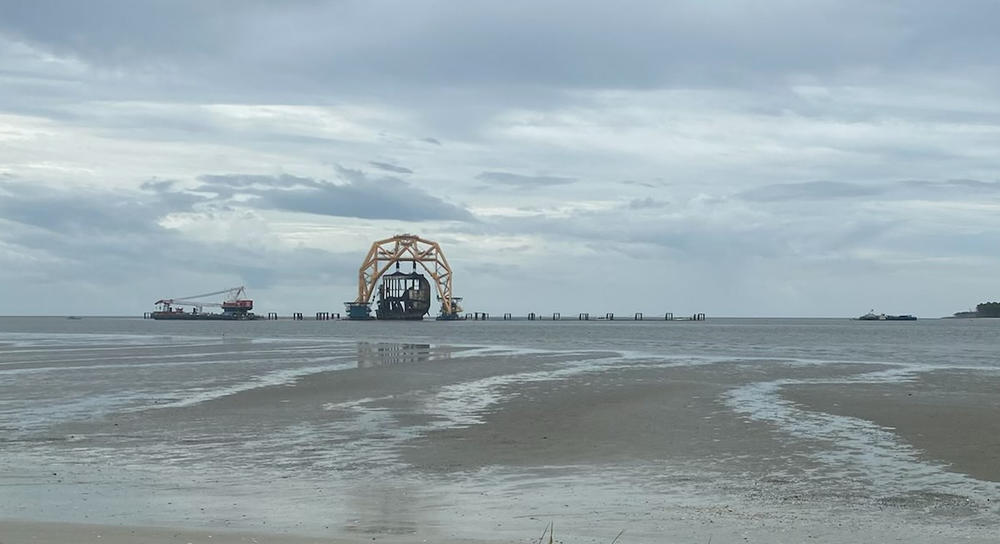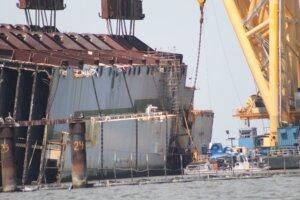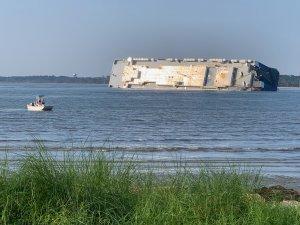
Caption
The removal of the Golden Ray from St. Simons Sound is in its final stages more than two years after it capsized. Questions remain regarding the short and long-term effects of oil spills and other contaminants on the ecosystem.
Credit: Fletcher Sams/Altamaha Riverkeeper


